Dahlias are some of my favorite flowers to grow in my garden. They’re lush, hardy, and vibrant. From little blooms to big dinnerplate blossoms, each dahlia variety has its own charm. I’ve been growing them for five years now, and I love them more each time I spot their beautiful blooms getting ready to open.
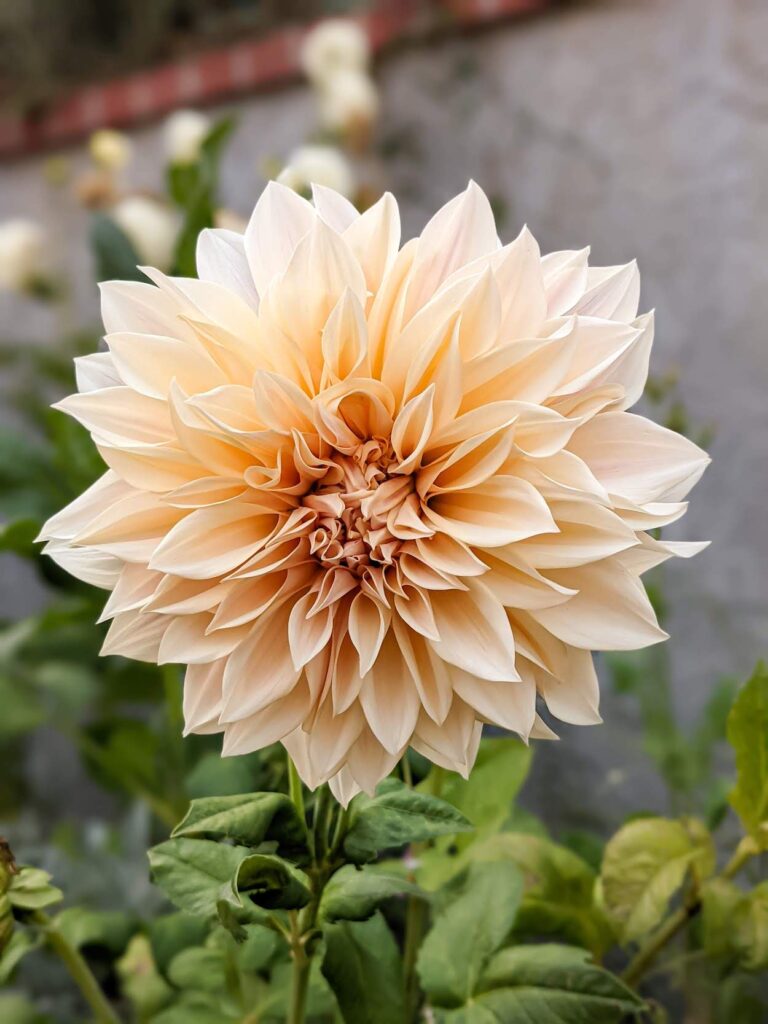
But they’re not year-round bloomers, which means that when the growing season is over, you need to think about what you’ll want to do with your dahlia bulbs. Since we’re reaching the end of the season here in most parts of the Northern Hemisphere, I thought now would be a good time to explore some important things to know about storing your dahlias until next spring.
(A quick note: technically, dahlias grow from tubers, not bulbs. People looking for this information frequently search for how to store dahlia bulbs, though, and I want this guide to be easy to find. I’ll frequently use the phrase “dahlia bulbs” in this post, but you and I will know I really mean “dahlia tubers.”)
When to Dig Up Your Dahlia Bulbs
If you live somewhere that gets hard frosts during the winter or even colder, you will probably want to dig up your dahlia bulbs at the end of the growing season. That’s because dahlias don’t fare well in freezing temps, and if you leave them in the cold ground for too long, you could kill off your tubers.
You also might want to dig up your dahlia bulbs if you live somewhere with a lot of rain and soil that doesn’t drain well (especially clay soil). Even if your winter temperatures are mild, dahlias tubers left in wet soil for too long can develop rot and eventually disappear altogether. This is especially true for young plants.
But how do you know when that time is coming? Well, it’ll depend in part on your USDA zone, if you’re growing in the United States, or your Plant Hardiness Zone if you’re growing in Canada. Friends in other countries, check with your national agricultural department for information about plant hardiness in different regions where you live.
Once you know your zone, you’ll have a better sense of how cold your winter is likely to get, when that cold is likely to set in, and how long it’s likely to last. Remember, though, that the zones are based on averages, so they’re not perfect predictors! If you feel an early chill in the air, check your local weather reports regularly to monitor the risk of frost and pull out your tubers before the first frost if at all possible. Heavy frost will kill the plant stalks and can harm the tubers if they’re exposed to it for too long.
If you’re looking for more information about how to dig up your dahlia tubers without damaging the root system and how to prep them for storage, this guide from a Master Gardener is a great resource.
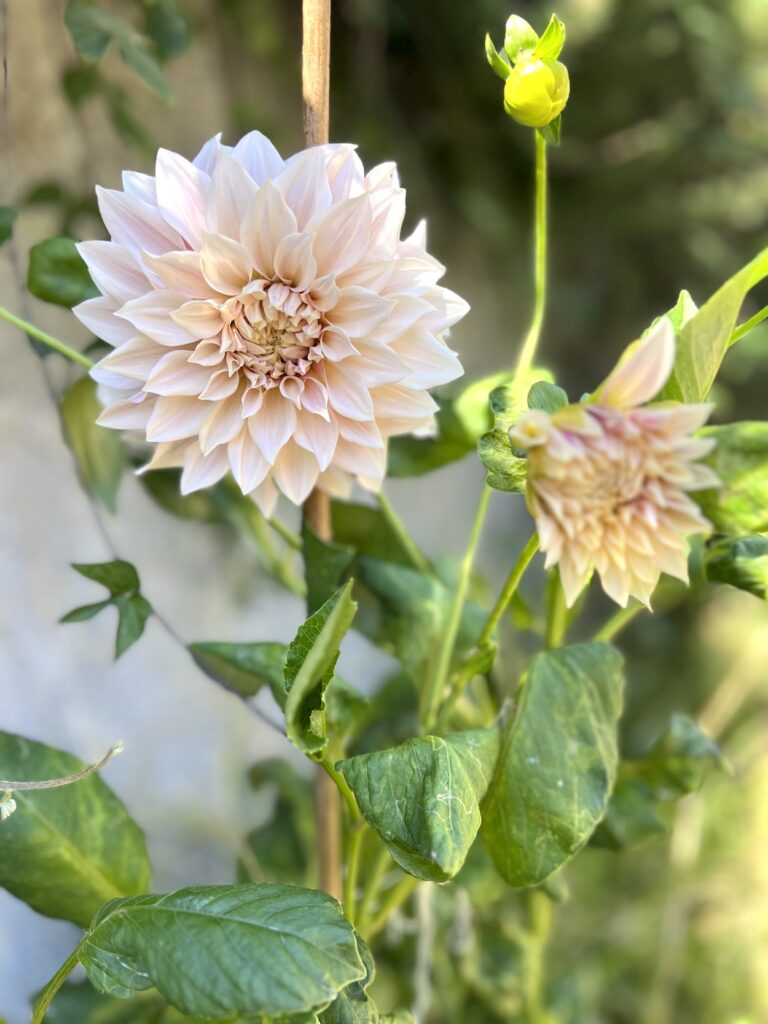
How to Store Your Dahlia Bulbs
If you’ve decided to dig up your dahlia bulbs, you’ll need to store them until the weather is mild enough that they can be replanted again. If you store your bulbs well, you can get years of blooms out of the same batch of tubers.
Temperature
Dahlias are finicky plants. Unfortunately, this means they like to be stored at a very specific temperature range: about 35-50 degrees Fahrenheit, but preferably right around 45 degrees Fahrenheit. Keeping them cool but not freezing is a good rule of thumb here.
If you’re really dedicated to your gardening, you might have a separate fridge just for storing your tubers and bulbs during the winter. I dream of someday having a plant room where I can putter about to my heart’s content.
But for the rest of us, a cool closet with some exposure to an outside wall of the house or a cozy corner of the garage that doesn’t get too cold in winter will have to do. I’ve kept my dahlia tubers in the shed before with pretty good results, but my winters are very mild (more about that later).
Light
Dahlias need to be stored in the dark. If they’re exposed to sunlight while stored, they can start sprouting early, before the ground is warm and soft enough to plant them. If they’re exposed to direct sunlight for an extended period, it can kill the tubers.
That means your best bet is to store your dahlias in a container with a lid (but not an air-tight container!). Some growers will also use large paper bags with the top edge folded over. Don’t use plastic bags unless they have holes poked in the sides to allow for air flow. I prefer a basket or milk crate with a dark cloth draped over the top, or even large cardboard boxes with the top flaps folded together.
This helps block out the light but also allows for some air flow. That’s because moisture is a real concern when storing dahlias. Let’s talk about it.
Moisture
Dahlia tubers are unfortunately prone to mold, powdery mildew, fungal diseases, and rot if they’re stored improperly. That means they need to be completely dry on the outside before you pack them away (I’ve found placing them in a dark area with a fan blowing on them for a little while is the best way to ensure dryness). They also need to be stored in a container and a space without too much humidity. Good air circulation helps immensely, as does storing the tubers in a dry place.
It can be tempting to plop all your dahlia tubers into a giant Rubbermaid tub, slap a lid on, label it, and stick it on a shelf until springtime, but I’d suggest taking a different approach. That’s because these sealed-off containers trap in moisture, and that can create the perfect environment for rot.
On the other hand, you also don’t want your dahlias to get too dried out during the winter months. Try to check the tubers once a month or so, and if they’re looking a bit shriveled, give them a little spritz with water. That’ll keep them in a happy medium zone of moisture. Be careful not to spritz excessive water or you’ll run the risk of causing other problems (it’s a delicate balance). Some growers like to pack their tubers with some peat moss to help control the temperature, but that’s a matter of preference.
You should also check your tubers before packing them to make sure you aren’t packing up any mushy, bruised, or oozing tubers. Those will ruin the whole container if left alone all winter. Single tubers that have broken off from the bunch can also be left out because they won’t produce a new plant the following spring.
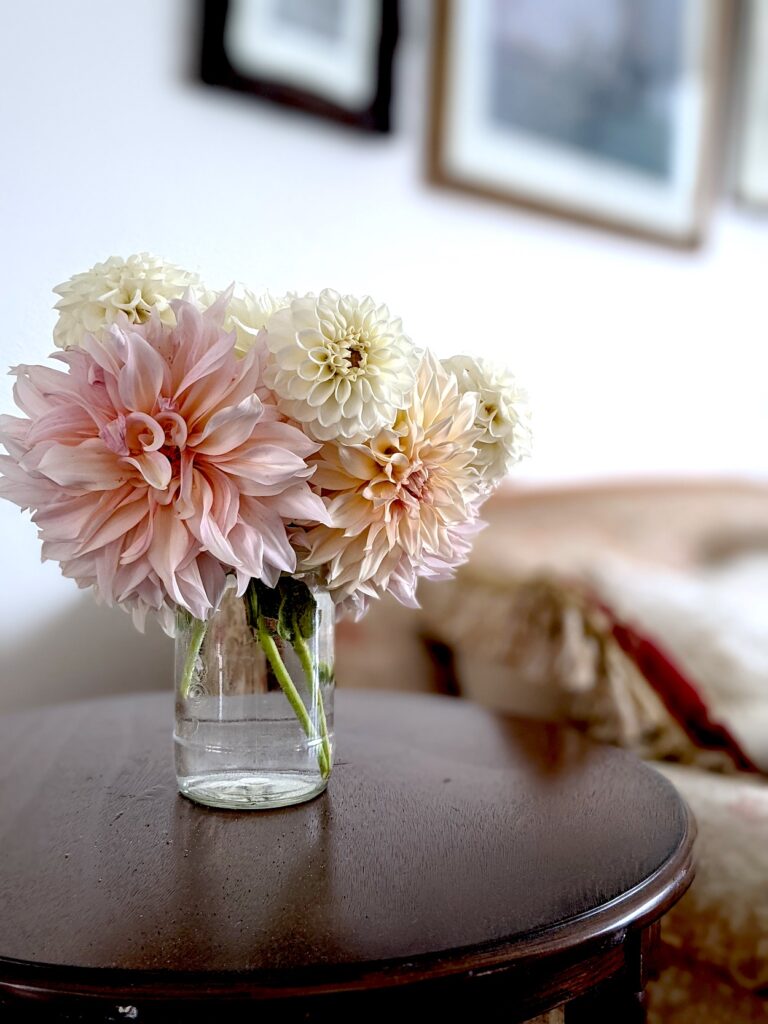
When to Overwinter Your Dahlia Bulbs
If you live in a frost-free place with mild winters that don’t get too terribly wet, you can overwinter your dahlias by leaving them in the ground and just trimming the stalk to about 4 inches of stem. Make sure your dahlia tubers are planted in well-drained soil so they don’t rot from the additional winter moisture.
I used to dig up my tubers and store them carefully, but my strategy has changed in recent years. That’s because I live and garden in USDA Zone 10a, where our winters rarely drop below 40F even at night. Nowadays, I just overwinter my dahlias in my dahlia beds rather than dig them up. I’ve lost a clump of tubers here and there to rare heavy rains in spots where I didn’t have good drainage, but overall, it has been a successful strategy.
If you’re a little worried about your tubers getting chilled in cold soil, you can also spread a layer of hay or mulch over the top of your dahlia bed. This will provide some additional insulation for your soil surface, but it’s really not necessary in warmer climates.
With a little thought and a bit of information about your particular growing circumstances, you’ll be in good shape for preserving your tubers and having a bushier plant with gorgeous flowers next year. Remember not to plant them again until after the last frost date (which, depending on where you live, could be as late as late May or early June). I wish you good weather and better soil!
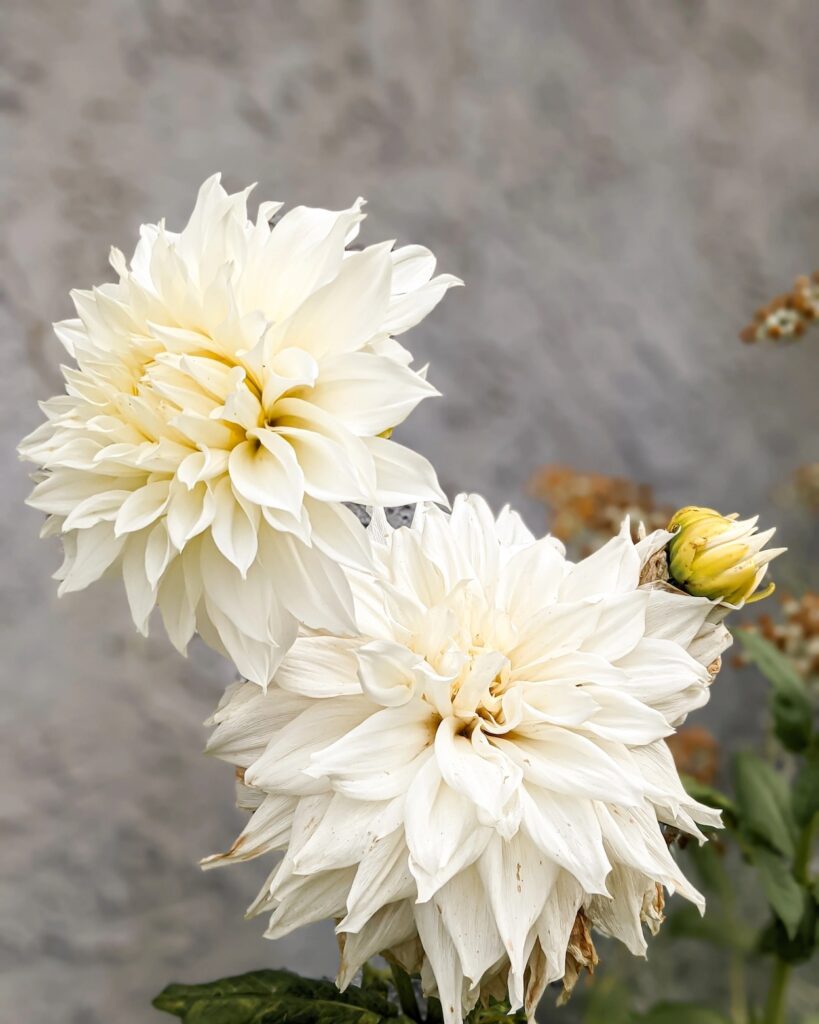
—
If you’re curious about some of my favorite gardening tools, here’s a round-up of the things I use most! These are affiliate links, which means if you choose to buy something through those links, I’ll receive a small commission at no extra cost to you. I will always identify affiliate links for you. Thanks for supporting my work!
My favorite pruning snips: the Felco F-8
Many other gardeners also swear by the Felco F-2
My favorite liquid fish-based fertilizer
My favorite organic mineral fertilizer for roses
The bamboo garden stakes I use to support my dahlias as they grow
Tomato cages to support your dahlias if you don’t want to use stakes (I like that these are green so they blend in better)
Let’s stay connected!
Join my newsletter for 30% off all new releases, regular updates with helpful tips and tricks, first crack at registration for upcoming workshops, exclusive discounts, and more.
Join the A Bee In The Bonnet Facebook Group to participate in knitalongs and other fun community events
Come hang out with me on the A Bee In The Bonnet TikTok
Follow along on the A Bee In The Bonnet Instagram
Get inspired via the A Bee In The Bonnet Pinterest




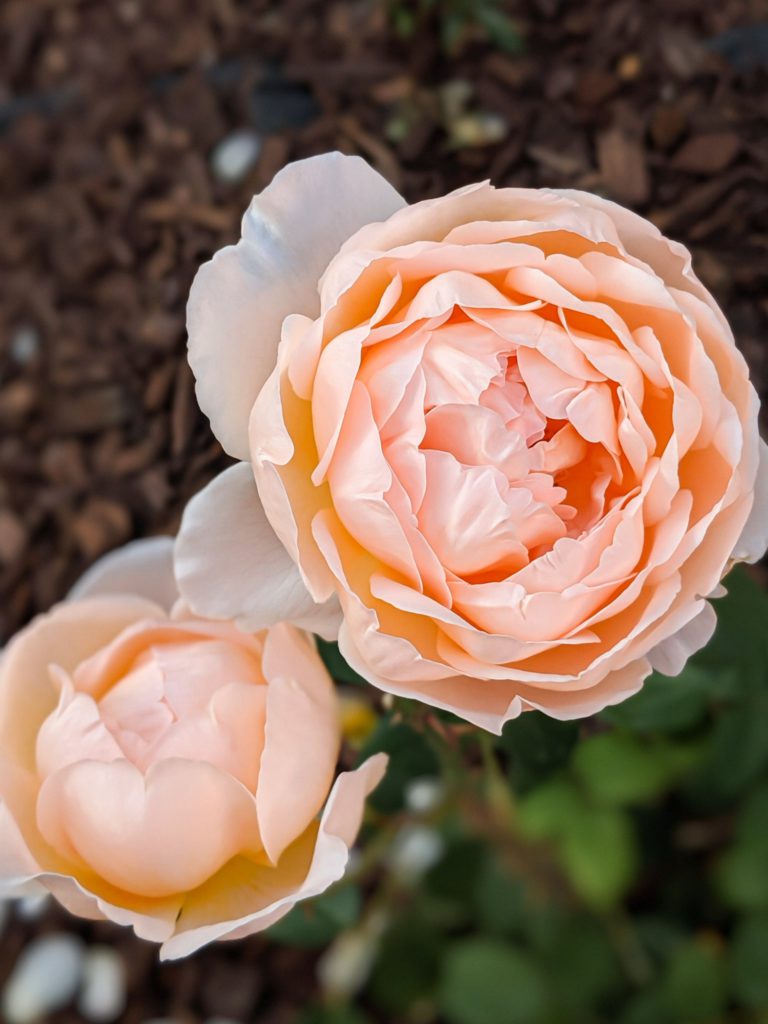
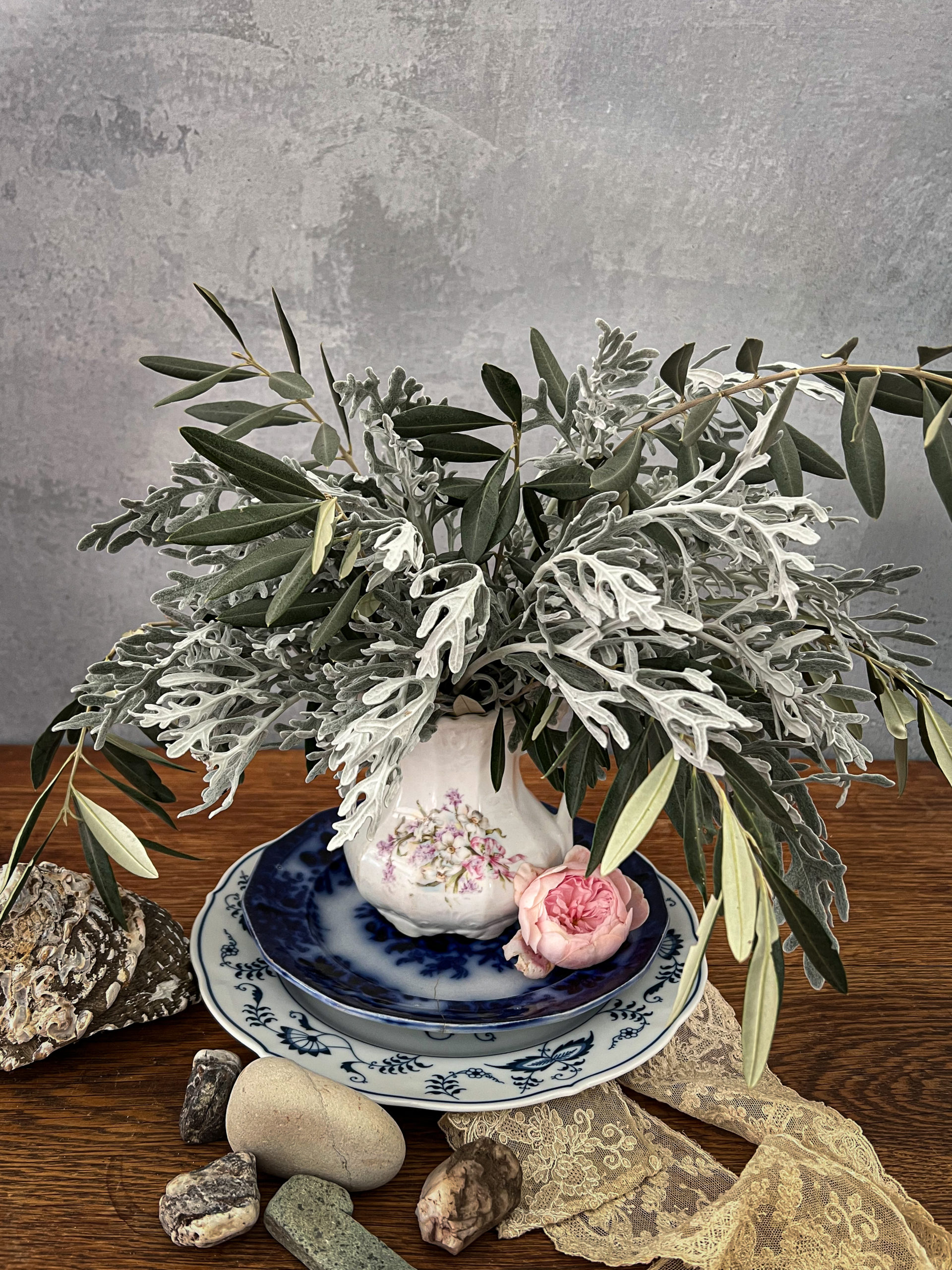
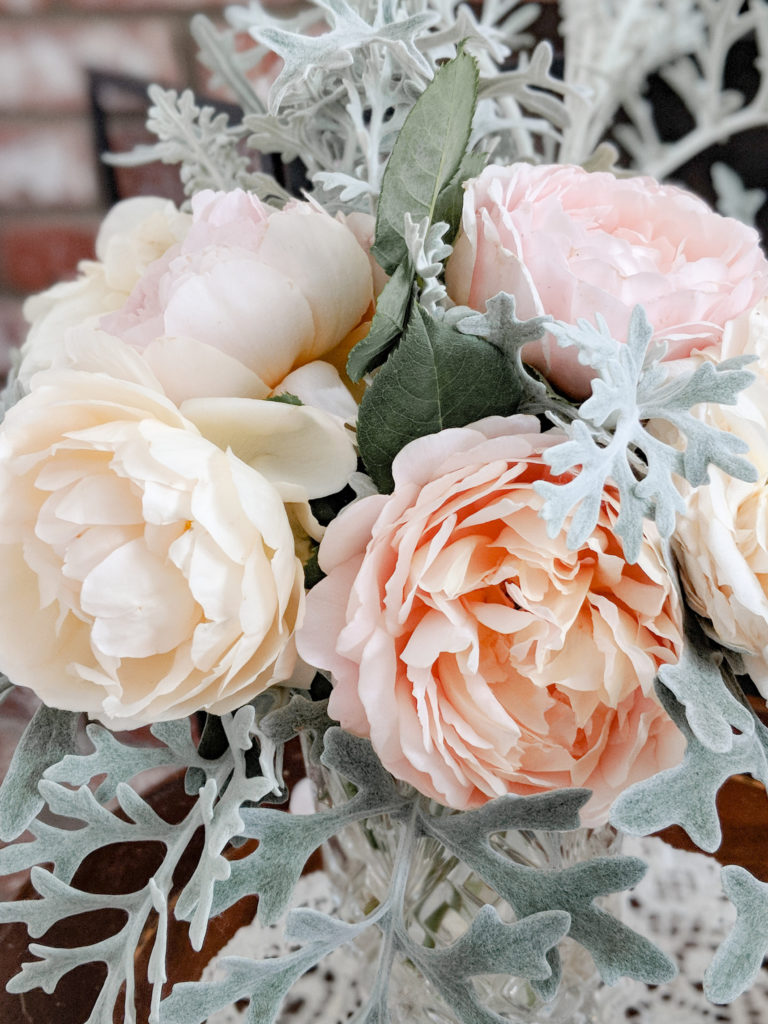
Ah, the dahlia—a flower as captivating as a well-spun tale. Your insights into safeguarding these tubers from winter’s icy grip are both astute and invaluable. In my line of work, timing and precision are paramount; so too in horticulture. Ensuring dahlia tubers are unearthed before the first frost and stored in cool, dark sanctuaries is essential. Your guidance is a beacon for those who cherish these botanical gems.